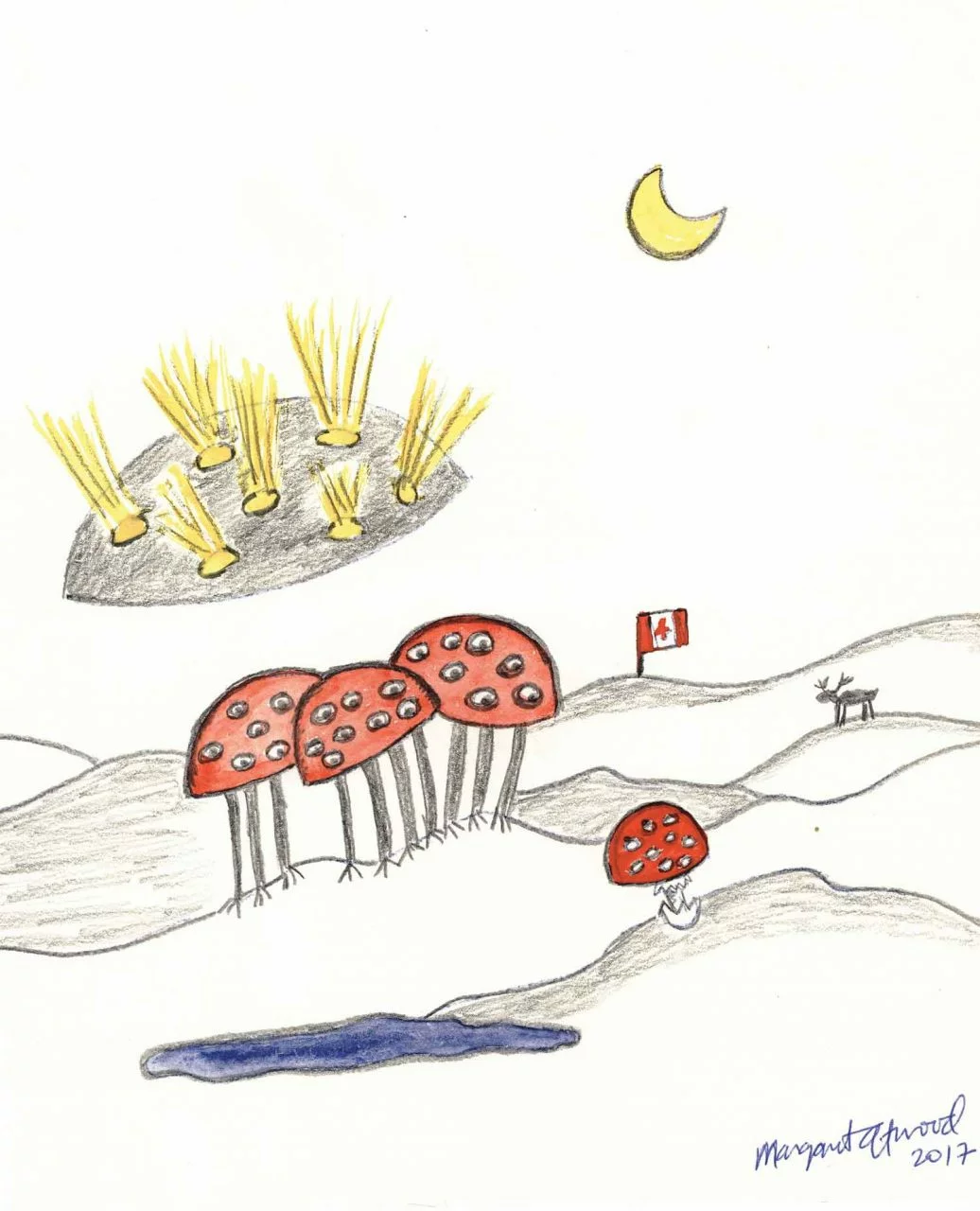Atwood The Man From Mars Pdf Viewer
1 MARGARET ATWOOD has long been regarded as a major contemporary writer, and her short fiction has found a niche in introductory college literature anthologies where it is often praised, especially for offering a Canadian counterpoint to an American point of view. Frequently anthologized, the story “Rape Fantasies,” first published in The Fiddlehead and then in the Canadian collection Dancing Girls (1977), is included in the popular text, The Norton Anthology of Literature by Women. Briefly, the story concerns a group of women co-workers who spend a lunch-hour break responding to a recent story in a women’s magazine on the subject of rape.

They tell one another stories of their own “fantasies” of sexual encounters with strange men, but the stories actually avoid depictions of violence and coercion. Instead, they are narratives about women who empathize with their assailants and who befriend the strange men they encounter, even if the men climb into their bathrooms uninvited. The narrator of the story, Estelle, offers commentary on the narratives, as well as providing her own stories of sexual encounter, eventually telling her stories to an unnamed man she has met at a bar after work. 2 Traditional interpretations of “Rape Fantasies” emphasize the narrator’s amusing anecdotes and point out the situational irony inherent in the story. For example, in one of the first critical essays, Lee Briscoe Thompson contrasts the “zaniness of the monologue” by the story’s narrator Estelle with the more controlled “fine intuitions” of other Atwood fiction. Thompson argues that the story actually places men into the “circle of victimhood” and suggests that the men in the story are actually “failed rapists” who are “betrayed” by their own “gullibilities” (116).
The Man from Mars Analysis Margaret Atwood. By keeping him a cipher, he remains as cryptic, and thus unnerving, for the reader as he does for Christine. Atwood puts readers in the contact zone.
Thompson acknowledges that the story suggests failed communication between men and women, but also sees the stories told by the women as largely “unimaginative” (115). She actually includes “Rape Fantasies” in a group she labels “ ‘bubbleheaded/ladies’ magazine fiction,” a term she borrows from Atwood. Implying that the story is not worth serious critical attention, Thompson contrasts it with Atwood’s serious poetry, which she prefers. More recently, the author of Margaret Atwood Revisited, included in the Twayne Author Series, a standard reference collection used in college classrooms, confirms the situational irony in the scene in which Estelle befriends a strange man at a bar. Karen Stein concludes that “the situation in the story is complicated and we are left to wonder if her [Estelle’s] stories protect or endanger her” (131). Along with other critics, Stein suggests that “Rape Fantasies” may actually be about date rape, and she likens Estelle to Scheherazade, who also tells stories to a “threatening male.” Finally, in a chapter devoted to Atwood’s short fiction in the MLA series, Approaches to Teaching World Literature, Sally Jacobsen suggests that Estelle represents a typical Atwood heroine who can turn being a victim into an expression of independence. Jacobsen argues that Estelle embodies “early success” at turning a potentially harmful situation into one in which she is in control (75). Ustanovochnij disk dlya skanera canon lide 110 driver.

Again, Jacobsen stresses the irony in the story and encourages her students to distinguish between narrations of actual rape and the erotic fantasy seen in the women’s narratives. 3 While the comments suggest the complicated nature of Atwood’s short story, no extensive readings of “Rape Fantasies” have appeared, despite its popularity. The reason, partially, is that Atwood’s short fiction has been overshadowed by her novels and poetry, and also that the story’s theme seems obvious to most critics.
However, by emphasizing exclusively the humour and irony in “Rape Fantasies,” these critical comments have neglected another significant element in the story, which comments on the serious nature of sexual assault. To see the story’s full intent, it is necessary to see how a central image, that of the bridge game which the co-workers play during their lunch break, embodies a key relationship dramatized in the story. It serves as a metaphor for Estelle’s relationship with one of her co-workers, Sondra. Estelle and the other office workers ignore Sondra by telling their own rambling stories, and they misinterpret her inarticulate gestures and looks.
In effect, by preferring to empathize with the perpetrators of assault in their fantasies, these women misunderstand the message of silence, and they fail to recognize what Sondra’s silence might actually be telling them. They fail to understand that rape is a violent crime which is often unreported because of the victim’s fears of disclosure. They fail to realize that actual survivors of sexual assault often remain silent and do not share their experiences, so that public perceptions of actual rapes are false and misleading, despite the stories which appear in women’s magazines.